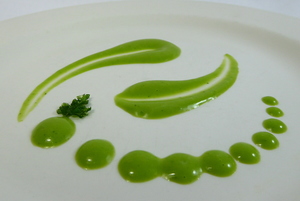Cured cheese
The cure of cheese consists of ageing them, in a process where they are dried and preservation techniques such as salting or smoking are used. The time required to consider a cheese to be cured may vary from one to another, but usually one and a half or two years are required.
The cure process makes the cheese get a harder and drier texture but it also gives it a more intense taste, something widely appreciated among cheese enthusiasts. But some people don’t enjoy strong flavours so it’s usual to find different cure variants for one kind of cheese, usually labeled as young, semi-cured or cured.
Gouda or manchego are two kinds of cured cheese. However, gouda is usually exported after half a year of cure, while in the South of the Netherlands it can be found more aged, even reaching 2 years of cure.
Grana padano and parmesan cheese are also cured, even reaching 3 years of cure. Their texture is extremely hard, so it’s easier to consume them grated, as a condiment or as a pasta filler.
-
Type of dish
- Beers
- Cocktails
- Breakfasts and brunch
- Burguers
- Juices, milkshakes and beverages
- Shellfish
- Bread and pastries
- Pizzas, patty
- Dessert
- Pasta
- Sándwich
- Pastries
- Finger foods
- Ice creams and sorbets
- Legumes
- Salads
- Eggs
- Patty
- liqueur
- Harvard plate
- Main course
- Meats
- Fish
- Birds
- Vegetables
- Soups and creams
- Rices
- Coffee, chocolate and infusion
- Cheeses
- Appetizers and canapes
- Temperature
- Cuisine type
- Additional culinary preparation
- Conservation technique
- Seasonal recipes
-
- Aromatic herbs
- Beverages
- Big game hunt
- Bread and pastries
- Canned goods and pickles
- Cereals
- Condiments, spices and additives
- Cooked, salted, preserved and cold meats
- Dried fruits and nuts
- Dry pulses
- Edible oils and vinegars
- Eggs and derivatives
- Feathered game hunt
- Fish cuts
- Fishes
- Insects
- Kitchen and bakery tecniques
- Kitchen and bakery utensils
- Meat cuts
- Meats
- Milk, cream and derivatives
- Mushrooms
- Offal
- Pasta, rice, flour and derivatives
- Poultry
- Seafood
- Service techniques
- Service utensils
- Vegetables cuts
- Vegetables, fruits, tubers and seaweed


